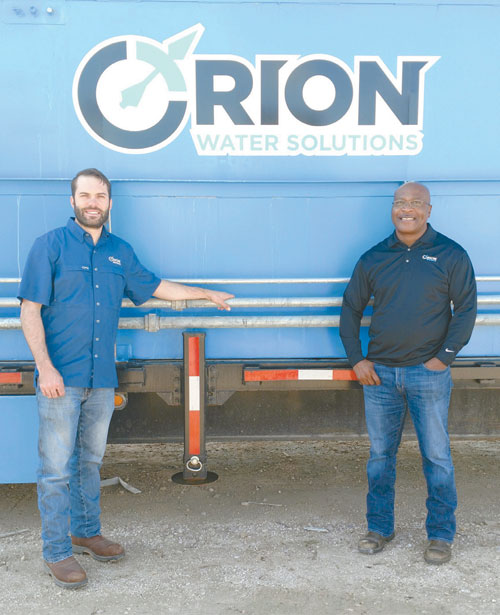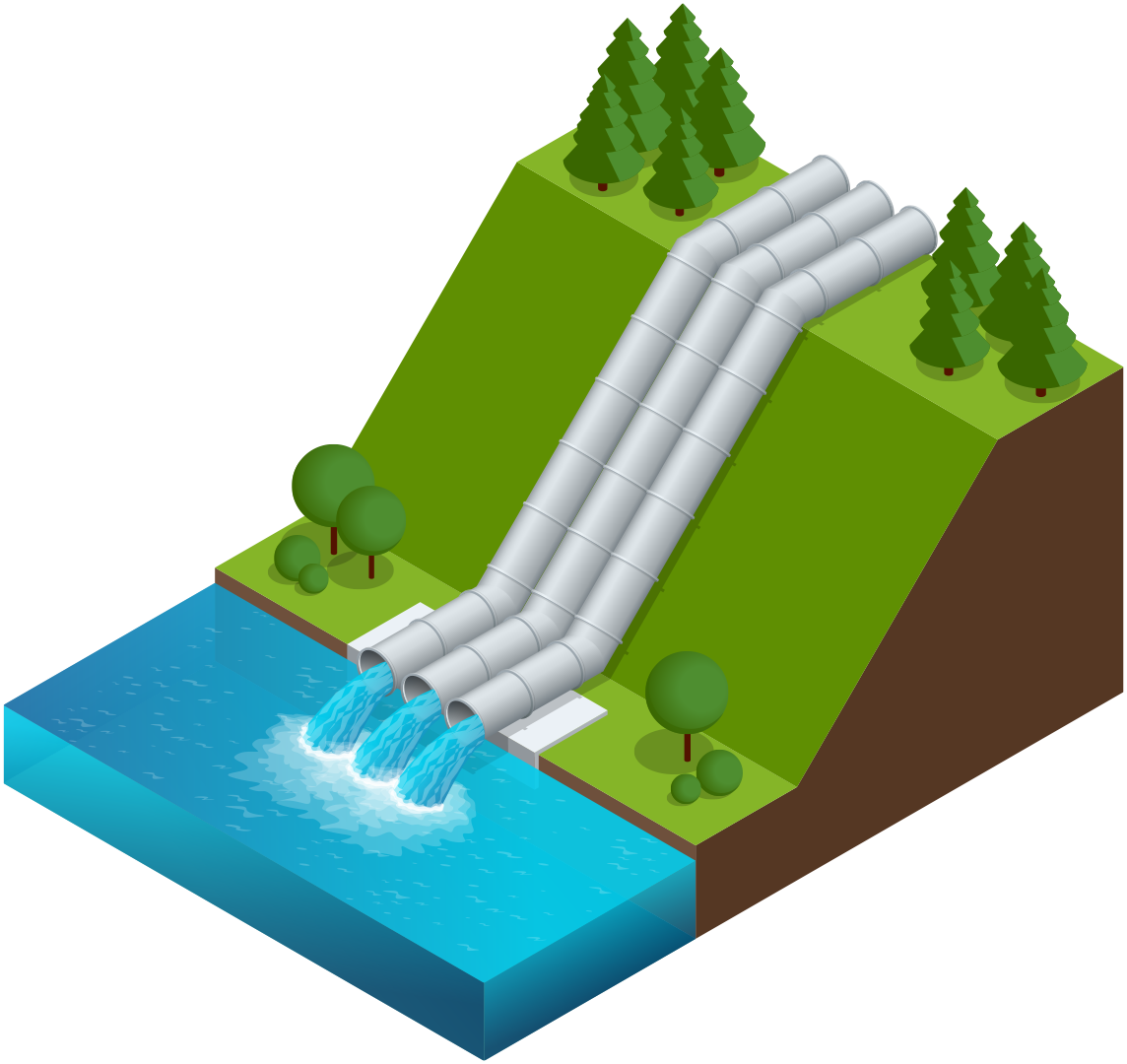
More and more producers are replacing at least some fresh water with treated produced water in fracturing and in other applications. When invoking best practices in the treatment process, this is a great idea. It can save money while lessening the ever-increasing competition for fresh water.
Orion Water Solutions President Warren Sumner offers some pointers on how to keep costs in line while still reducing total suspended solids (TSS), iron, sulfates and other contaminants to acceptable levels.
Big is okay but smaller is often better “While many operators are building produced-water pits that will hold a million barrels of water or more, there are several reasons smaller may be better,” Sumner says.
First is the expense—and delay—of building a huge pond and water treatment facility. “From the planning phase to final construction, a multi-well plant can take a year or more. Meanwhile, all that produced water has to go somewhere, probably into an injection well.”
Orion Water Solutions has indeed built many of these large treatment plants with great success. But those plants are costly and keeping the million-barrel pits clean is also a big expense.
“Produced water has large amounts of iron, sulfates and other food for bacteria. Any size pit can go septic quickly, but the larger ones are more costly to maintain or to treat.” The best plan is to keep the water aerated and circulated.
Mobile units get up and running quickly Increasingly, operators are borrowing a page from just-in-time manufacturing techniques. “Many operators are using smaller pits or above ground storage tanks to store enough water for a day or two’s requirements, as needed for current frac jobs.”
To supply those tanks Orion offers mobile units capable of treating up to 100,000 BBL/D. These units can be set up quickly, multiple units can be used at one site and they can be easily moved as water volumes on a site fluctuate.
Blending fresh and produced water is key. One cost-effective solution is to treat 20,000 BBL/D of produced water and blend it with 60,000 BBL/D of fresh water to make 80,000 BBL/D of frac fluid. “This blend helps operators stay within certain parameters in order to keep frac chemical prices under control,” Sumner says. “For example, total dissolved solids levels under 45,000 ppm allow a producer to use less costly friction reducers.”
Where needed, the company employs its extensive experience in offering oxidative biocides during frac jobs.
Orion’s systems, both mobile-based and plant-based, have proven their reliability in the field. More than one system has been in operation 24/7 for five years. Onsite, Orion uses remote monitoring and automation to provide operators the data they need to make informed water treatment decisions.
Orion’s Midland team members bring their expertise and their dedication to excellence to every job, including yours. Call them this week and let them help you optimize your water treatment.
Call us today at (432) 219-8100
Contact Us.

Recent Comments